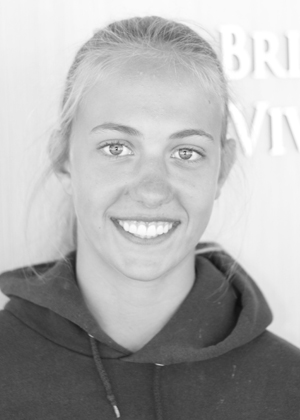Having attended dental school at UCLA and NYU, respectively, Dr. Schabel and Dr. Chan learned the importance of evidence-based research at an early stage in their careers. While doing an orthodontic externship at the Mayo Clinic in Rochester, Minnesota, Dr. Schabel wrote a case report that was published in The Angle Orthodontist — one of the most prestigious orthodontic journals in the world. Even before her entry into the dental field, Dr. Chan had already completed a Master's degree in Neuroscience from McMaster University in Ontario, Canada. The couple’s commitment to advancing the art and science of orthodontics was further developed while writing their Master’s theses in orthodontics at the distinguished and world-renowned Department of Orthodontics at the University of Michigan.
Dr. Chan’s primary research focus is in the area of temporomandibular joint (TMJ) disorders. Specifically, her thesis titled "The Role of Female Reproductive Hormones on the Etiopathogenesis of Temporomandibular Joint Disorders in Women" offered valuable insight as to why TMJ disorders are twice as common in women as in men, and primarily affect women during their reproductive years. Her thesis was presented at the American Association of Orthodontists (AAO) International Conference.
Dr. Schabel’s primary research interests are in the area of dental, smile, and facial aesthetics. He has published four manuscripts on the topic in internationally recognized, peer-reviewed orthodontic journals (The American Journal of Orthodontics and Dentofacial Orthopedics and The Angle Orthodontist). Dr. Schabel sought an answer to the age-old question: Can something as subjective as beauty actually be measured? Dr. Schabel developed a systematic approach to quantify attributes of the smile as well as to determine a smile’s “attractiveness.” He compared hundreds of objective measurements of the face and smile against subjective ratings by a panel of orthodontists and parents of orthodontic patients of the same smile’s attractiveness.
In addition, Dr. Schabel was concerned that the criteria developed by the American Board of Orthodontics (ABO) to determine board certification includes only measurements of how well the teeth fit together, not how attractive the smile appears, following orthodontic treatment. With the help of Dr. Scott Jamieson, former director of the ABO, Dr. Schabel sought to determine whether there was a correlation between the perceived attractiveness of a patient’s smile versus his or her “ABO” score (how well the teeth fit together). Interestingly, there wasn’t.
For additional information, we have made Dr. Schabel’s complete publications available in PDF format below.
-
Clinical photography vs. digital video clips for the assessment of smile aesthetics PDF
-
Q-sort assessment vs. visual analog scale in the evaluation of smile aesthetics PDF
-
Subjective vs. objective evaluations of smile aesthetics PDF
-
The relationship between post-treatment smile aesthetics and the ABO objective grading system PDF
-
Treatment of a patient with an impacted transmigrant mandibular canine and a palatally impacted maxillary canine PDF













